Pet Lizards – How to Keep Them Happy and Healthy
Pet lizards have emerged as extraordinary companions for families seeking unique, low-maintenance pets that offer fascinating insights into the reptilian world. These remarkable creatures bring a distinctive charm to households, combining captivating behaviors with relatively simple care requirements. Unlike traditional mammals, pet lizards provide an educational opportunity for children and adults alike, fostering appreciation for biodiversity while delivering years of companionship.
The growing popularity of pet lizards stems from their diverse personalities, stunning appearances, and manageable care routines. From the docile bearded dragon to the vibrant gecko, these reptilian companions offer something special for every family dynamic. Their quiet nature makes them ideal for apartment living, while their longevity ensures lasting bonds with family members.
Table of Contents
Understanding the Appeal of Pet Lizards
Unique Characteristics That Set Pet Lizards Apart
Pet lizards possess extraordinary adaptations that make them captivating household members. Their thermoregulatory behaviors, color-changing abilities, and distinctive communication methods provide endless fascination. Many species exhibit remarkable intelligence, recognizing their caregivers and responding to routine interactions.
The aesthetic appeal of pet lizards cannot be overstated. Their scales create mesmerizing patterns and textures, while their movements display grace and purpose. These visual elements transform any living space into a natural showcase, providing conversation starters and educational opportunities for visitors.
Benefits of Choosing Pet Lizards Over Traditional Pets
Pet lizards require significantly less daily maintenance compared to mammals. They don’t need daily walks, produce minimal waste, and many species can comfortably survive weekend absences with proper preparation. This independence makes them perfect for busy families or individuals with unpredictable schedules.
Top Pet Lizard Species for Beginners
Bearded Dragons: The Gentle Giants
Bearded dragons rank among the most beloved pet lizards for families. These Australian natives display remarkable docility and often enjoy human interaction. Their robust constitution makes them forgiving of minor care mistakes, while their expressive behaviors create strong emotional connections with their owners.
Adult bearded dragons typically reach 18-24 inches in length, requiring spacious enclosures but rewarding caregivers with impressive personalities. Their omnivorous diet allows for varied feeding experiences, and many individuals develop preferences for specific foods, showcasing their unique personalities.

Leopard Geckos: Spotted Perfection
Leopard geckos represent ideal starter pet lizards due to their hardy nature and striking appearances. These nocturnal creatures require minimal space compared to larger species, making them suitable for smaller homes. Their distinctive spotted patterns and gentle temperaments have made them favorites among reptile enthusiasts.
These pet lizards rarely exceed 10 inches in length, thriving in 20-gallon enclosures with proper heating and hiding spots. Their feeding requirements center around easily obtainable insects, and their waste production remains minimal compared to other pet options.
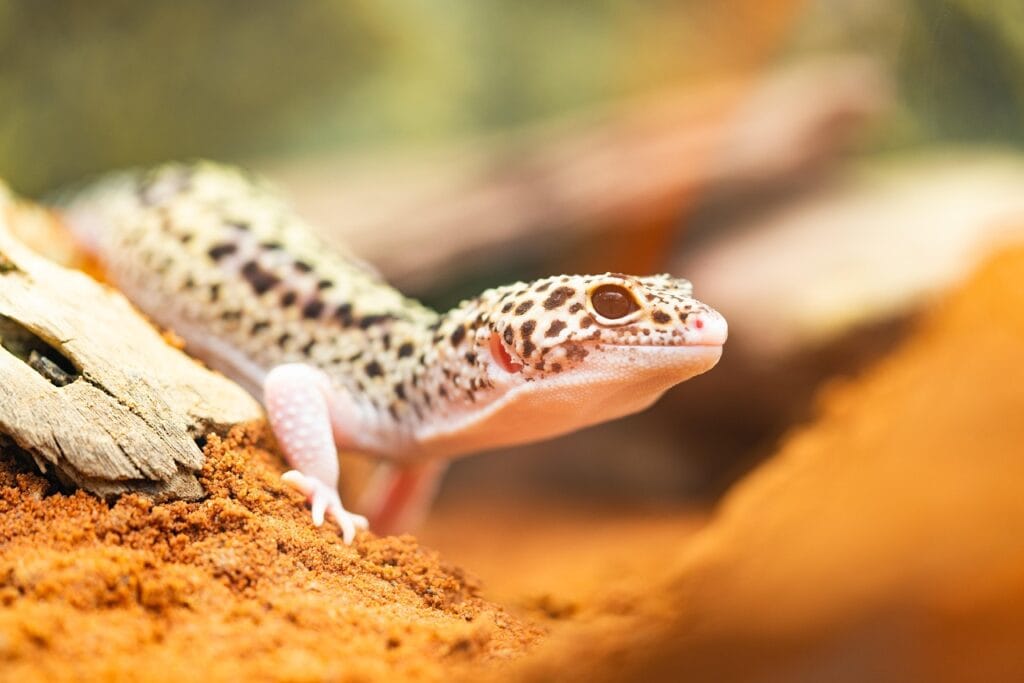
Blue-Tongued Skinks: Personality Plus
Blue-tongued skinks stand out among pet lizards for their dog-like personalities and impressive intelligence. These Australian natives often seek interaction with their caregivers, displaying curiosity and recognition that rivals many mammals. Their distinctive blue tongues serve as both defense mechanisms and conversation pieces.
These substantial pet lizards can reach 20 inches in length, requiring larger enclosures but offering proportionally greater interaction potential. Their omnivorous diets accept both commercial foods and fresh offerings, providing flexibility in feeding routines.
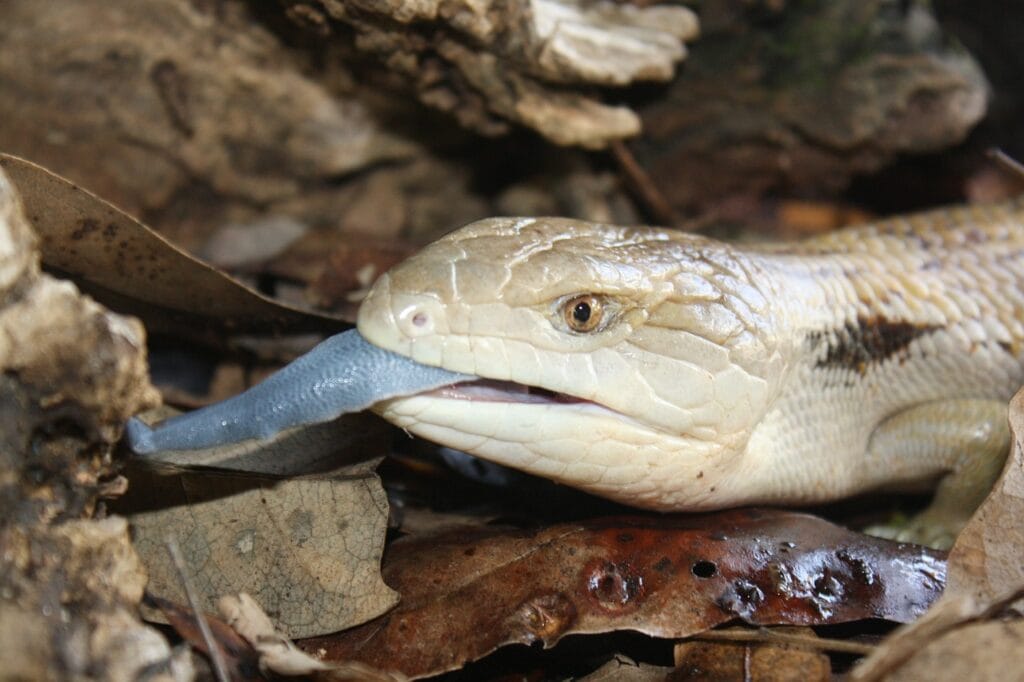
Intermediate Pet Lizard Options
Green Anoles: Dynamic Color Changers
Green anoles fascinate families with their color-changing abilities and active behaviors. These pet lizards demonstrate remarkable territorial displays, with males showcasing vibrant throat fans during courtship or defensive behaviors. Their arboreal nature requires vertically oriented enclosures with abundant climbing opportunities.
These compact pet lizards typically measure 5-8 inches, making them suitable for smaller spaces while still providing engaging viewing experiences. Their insectivorous diets require live or frozen prey, adding an educational component to their care routine.
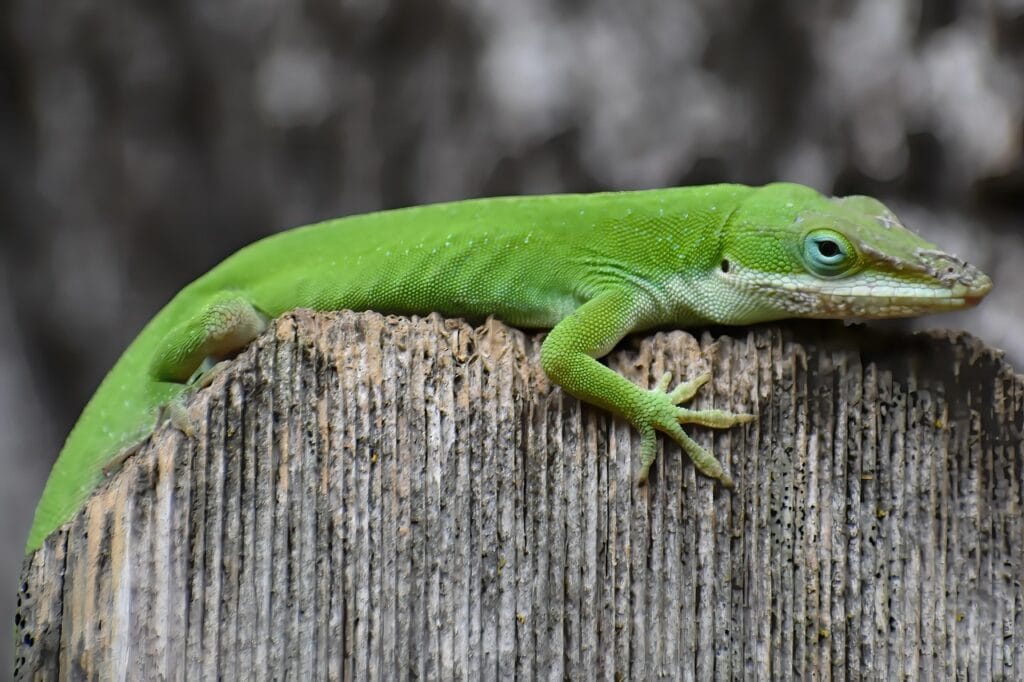
Uromastyx: Desert Specialists
Uromastyx species appeal to families interested in desert-dwelling pet lizards with striking appearances and fascinating behaviors. These herbivorous reptiles display brilliant coloration that intensifies with proper care and environmental conditions. Their spiny tails and robust builds create impressive presentations in appropriate enclosures.
These pet lizards require specialized lighting and heating to replicate their arid natural habitats. Their vegetarian diets eliminate concerns about live prey while providing opportunities to offer fresh vegetables and specialized commercial foods.
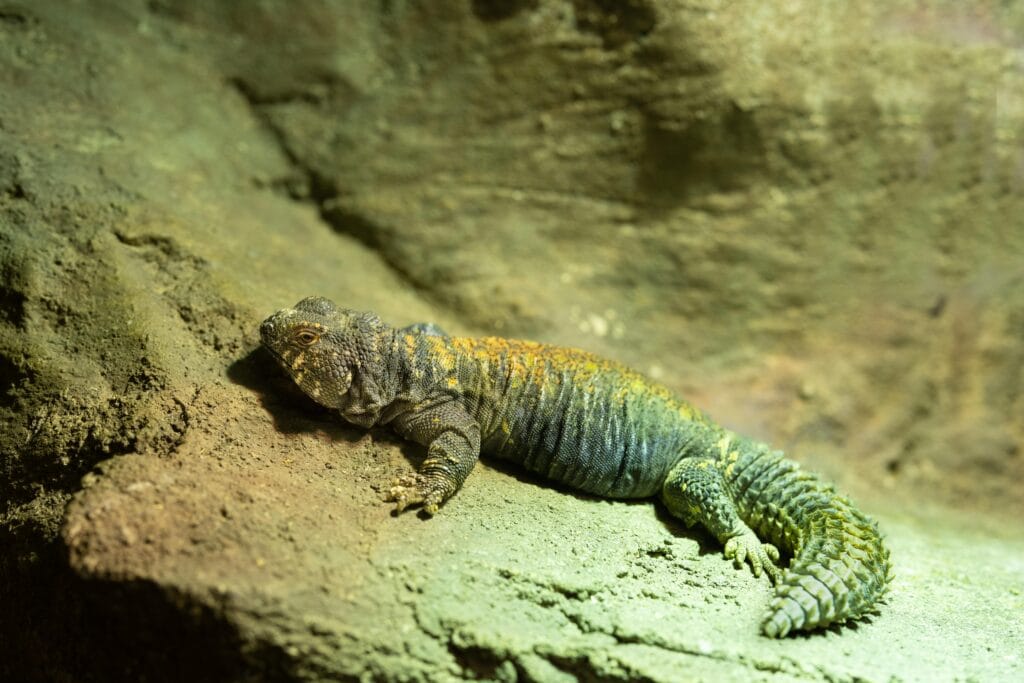
Advanced Pet Lizard Species
Monitor Lizards: For Experienced Keepers
Monitor lizards represent the pinnacle of pet lizard keeping, requiring extensive knowledge and commitment. These intelligent reptiles can form strong bonds with dedicated caregivers but demand respect and proper handling techniques. Their size and strength necessitate secure enclosures and experienced management.
Various monitor species offer different challenges and rewards. Smaller species like ackies provide manageable sizes while maintaining the intelligence and personality traits that make monitors special among pet lizards.
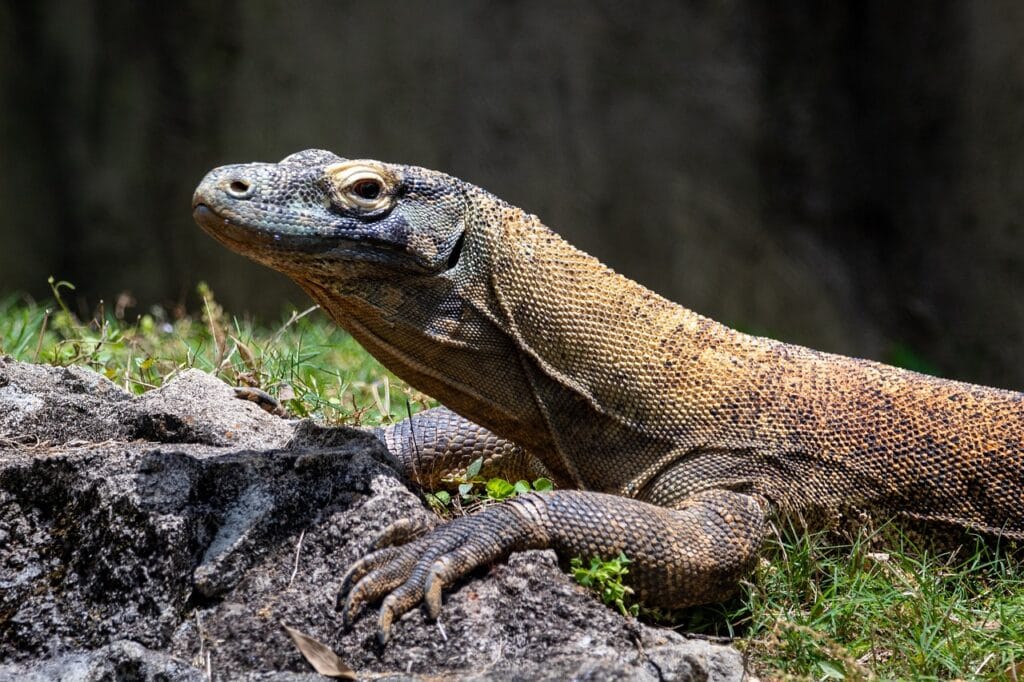
Iguanas: Majestic but Demanding
Green iguanas embody the classic vision of pet lizards but require significant commitment and expertise. These herbivorous giants can live for decades, requiring consistent care and eventual enclosure upgrades as they mature. Their impressive size and striking appearance make them showpiece pets for dedicated enthusiasts.
Proper iguana care involves understanding their complex dietary needs, UV lighting requirements, and social behaviors. These pet lizards can become aggressive during breeding seasons, requiring experienced handling and management techniques.
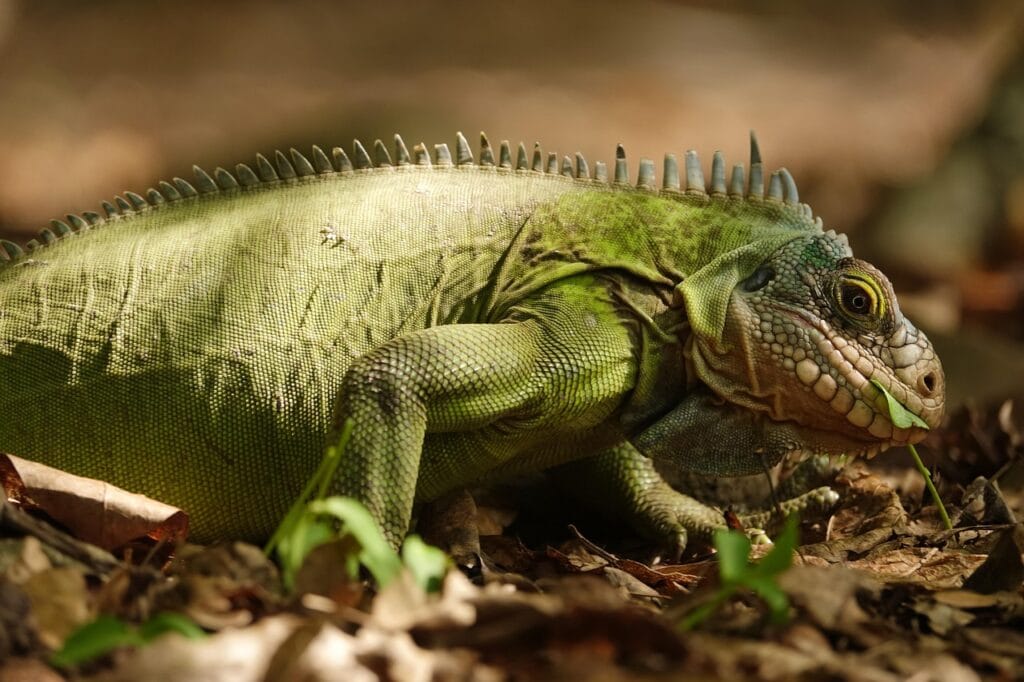
Essential Care Requirements for Pet Lizards
Habitat Setup and Environmental Needs
Creating appropriate habitats forms the foundation of successful pet lizard keeping. Each species requires specific temperature gradients, humidity levels, and lighting configurations to maintain optimal health. Understanding these requirements prevents common health issues and ensures thriving pets.
Substrate selection varies among species, with some pet lizards requiring moisture-retaining materials while others need dry, sandy compositions. Proper substrate choices prevent impaction issues and support natural behaviors like digging or burrowing.
Heating and Lighting Systems
Thermoregulation represents a critical aspect of pet lizard care, requiring careful attention to temperature gradients and heating methods. Basking spots should reach species-appropriate temperatures while cool areas provide thermal refuge. Quality thermostats prevent dangerous temperature fluctuations.
UV lighting supports calcium metabolism and overall health in most pet lizards. Full-spectrum bulbs require regular replacement to maintain effectiveness, and proper placement ensures adequate exposure without creating excessive heat.
Feeding and Nutrition Guidelines
Nutritional requirements vary significantly among pet lizard species, with some requiring live prey while others thrive on vegetation or commercial diets. Understanding specific dietary needs prevents metabolic bone disease and other nutrition-related health issues.
Feeding schedules depend on species, age, and environmental conditions. Juvenile pet lizards typically require more frequent meals than adults, while some species benefit from seasonal dietary adjustments that mirror natural patterns.
Health and Veterinary Care
Common Health Issues in Pet Lizards
Metabolic bone disease affects many pet lizards due to inadequate UV lighting or calcium deficiency. Early recognition and treatment can reverse mild cases, but severe instances may cause permanent deformities. Proper husbandry prevents most nutritional disorders.
Respiratory infections pose serious risks to pet lizards, often resulting from inappropriate temperatures or humidity levels. Symptoms include mouth breathing, excessive mucus, and lethargy. Prompt veterinary attention improves treatment outcomes significantly.
Finding Qualified Reptile Veterinarians
Locating experienced reptile veterinarians requires research and planning before acquiring pet lizards. Many general practitioners lack specialized knowledge about reptilian medicine, making it essential to identify qualified professionals in advance. Emergency situations demand immediate access to knowledgeable care.
Preventive Care Strategies
Regular health monitoring prevents minor issues from developing into serious problems. Daily observation of feeding behavior, activity levels, and appearance helps detect changes that may indicate health concerns. Maintaining detailed records assists veterinary diagnostics.
Creating the Perfect Environment
Enclosure Size and Design Considerations
Appropriate enclosure sizing ensures physical and psychological well-being for pet lizards. Minimum size requirements vary by species, but larger spaces generally provide better opportunities for natural behaviors. Custom enclosures often better accommodate specific species needs than standard commercial options.
Ventilation requirements balance air circulation with humidity retention, preventing stagnant conditions that promote bacterial growth. Screen tops provide adequate airflow for most species while maintaining appropriate environmental conditions.
Enrichment and Behavioral Stimulation
Environmental enrichment promotes natural behaviors and prevents stress-related issues in pet lizards. Climbing structures, hiding places, and substrate variations encourage exploration and exercise. Rotating enrichment items maintains novelty and continued engagement.
Long-term Commitment and Considerations
Lifespan Expectations for Pet Lizards
Lizard pets often live significantly longer than traditional pets, with some species surviving 20+ years with proper care. This longevity requires long-term commitment and planning for changing life circumstances. Families must consider housing changes, college attendance, and career relocations.
Cost Analysis of Pet Lizard Ownership
Initial setup costs for Lizard pets can be substantial, including enclosures, lighting, heating, and decorative elements. Ongoing expenses involve food, electricity, veterinary care, and equipment replacement. Budgeting for unexpected medical expenses ensures continuous quality care.
Legal Considerations and Regulations
Local regulations may restrict certain pet lizard species or require permits for ownership. Housing regulations might limit enclosure sizes or prohibit certain species in rental properties. Researching legal requirements prevents future complications and ensures compliance.
Educational Benefits for Families
Teaching Responsibility Through Pet Lizard Care
Lizard pets provide excellent opportunities for teaching children responsibility and routine care habits. Daily feeding schedules, temperature monitoring, and enclosure maintenance create structured learning experiences. Success in reptile care builds confidence and nurturing skills.
Scientific Learning Opportunities
Observing pet lizard behaviors provides hands-on biology education covering topics like thermoregulation, predator-prey relationships, and adaptation strategies. Children learn scientific observation skills while developing appreciation for biodiversity and conservation.
Conclusion
Lizard pets offer remarkable opportunities for families seeking unique, educational, and manageable companions. From beginner-friendly bearded dragons to advanced monitor species, these incredible reptiles provide lasting relationships built on respect and proper care. Their diverse needs and fascinating behaviors create ongoing learning experiences while their relatively low maintenance requirements fit modern lifestyles.
The commitment to pet lizard ownership extends beyond initial enthusiasm, requiring dedication to proper husbandry and long-term care. However, families who embrace this responsibility discover rewarding relationships with creatures that showcase the beauty and complexity of the natural world within their own homes.
faq
How long do pet lizards typically live?
Pet lizard lifespans vary significantly by species, ranging from 5-10 years for smaller geckos to 20+ years for larger species like bearded dragons and monitors. Proper care significantly impacts longevity.
Do pet lizards require special veterinary care?
Yes, pet lizards need veterinarians experienced in reptile medicine. Regular check-ups, proper nutrition, and prompt treatment of health issues require specialized knowledge that general practitioners may lack.
Can children safely handle pet lizards?
Many pet lizard species tolerate gentle handling when properly socialized, but adult supervision is essential. Children must learn proper handling techniques and understand that some species prefer minimal contact.
What’s the most beginner-friendly pet lizard species?
Bearded dragons and leopard geckos are widely considered the best starter pet lizards due to their docile temperaments, manageable care requirements, and forgiveness of minor husbandry mistakes.
Did you enjoy this article?
Help other pet lovers benefit too — Share it on social media! 🐾💚

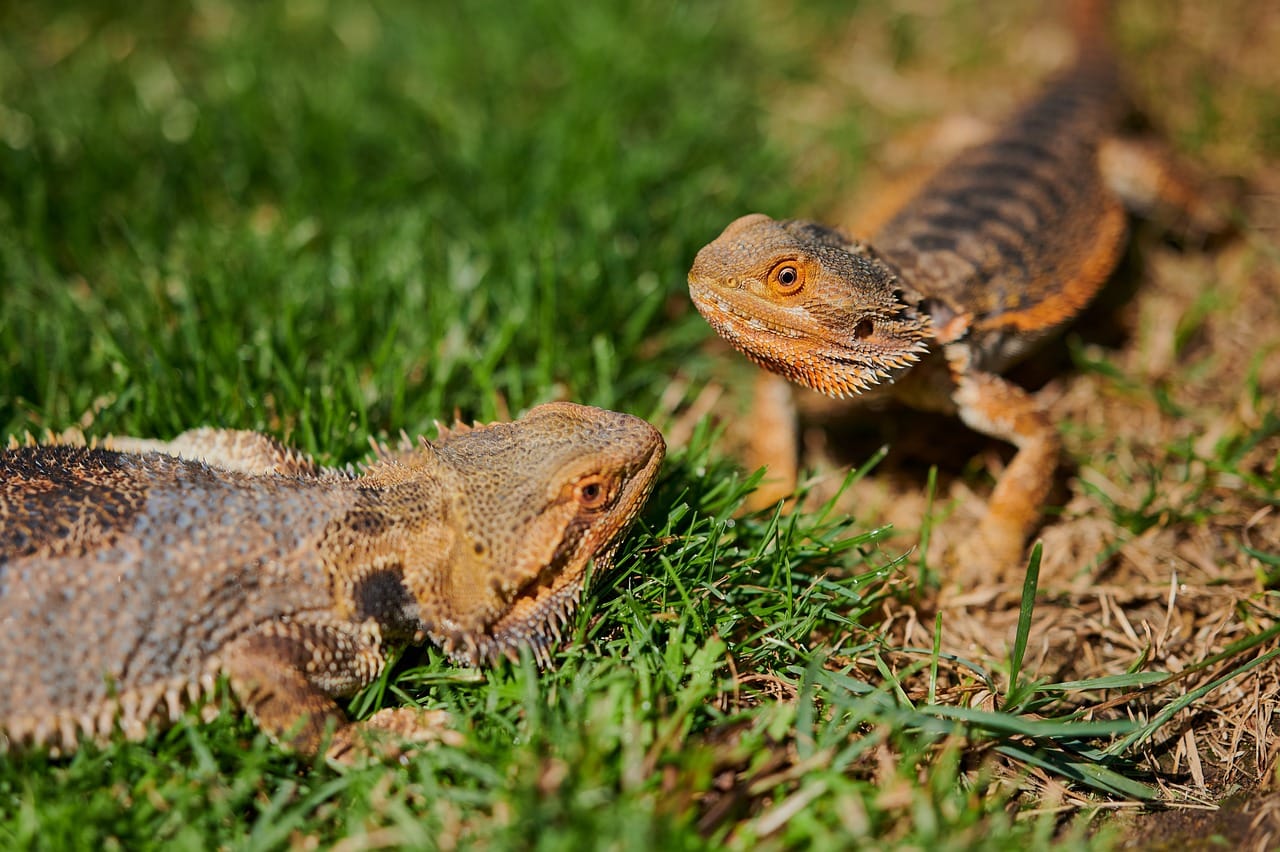
Leave a Reply